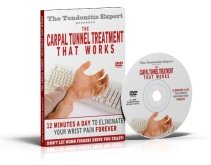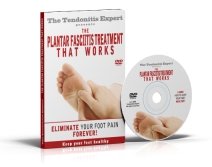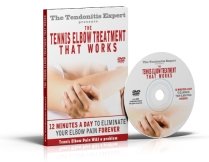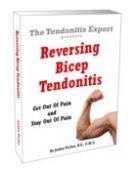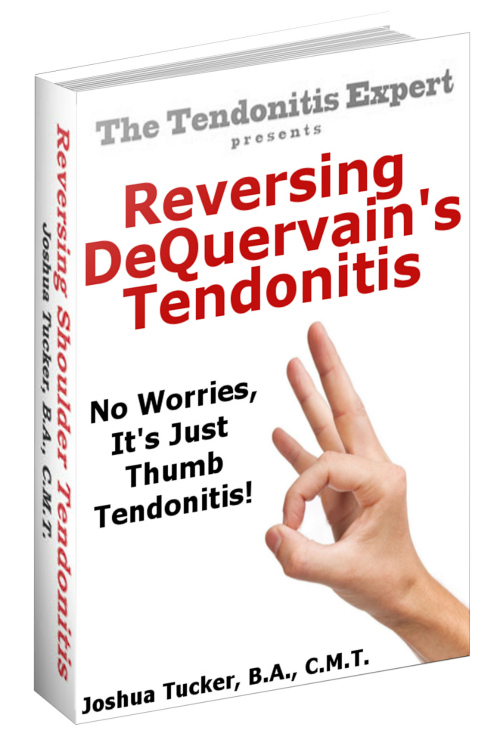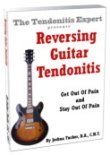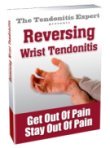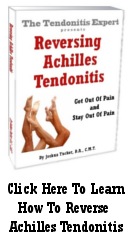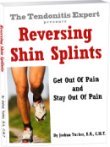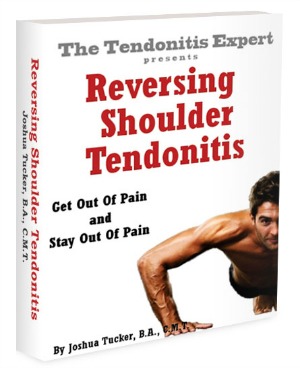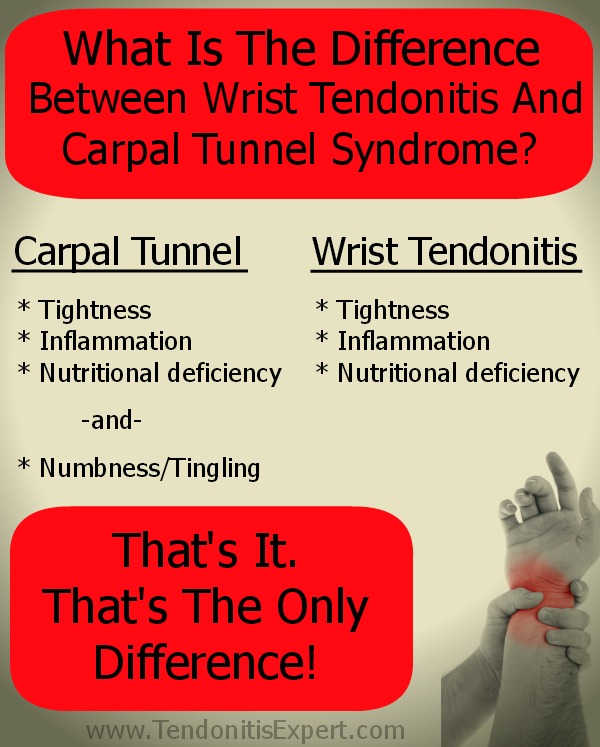Pain in wrist and pinky finger, hip pain, foot cysts after 3 pregnancies
by Heather
(California)
I have pain in my left wrist on the outside. It is sore if I press on it.
The pain radiates along the side of my hand up to the pinky finger.
I have "shocks" or pain sometimes when I try to grab things. When this happens, I have less strength in this hand.
I have several other issues coming up with tendons. I had a ganglion cyst on my foot, two years ago after my third pregancy had plantar fasciitis as well as ligament pain in the pelvis during pregancy. Now a year later have had bursitis in my hip and lower back issues.
What can this wrist issue be? I did have a doctor say it was carpal tunnel from pregnancy.
Can something be causing all the breakdown of my connective tissues?
Thank you.
----
Joshua Answers:
Hi Heather.
As you know, when one is pregnant the body releases a hormone that relaxes ligament tissue. One might say that this is necessary to accomadte the growth and exit of a baby.
One problem of this is that the extra weight of a baby on a pelvis/hip structure, combined with the reduced integrity of the ligaments holding said hip/pelvis structures together, can cause future imbalances/problems/misalignments, etc.
So if your hips/pervis structures were forced off during pregnancy, and stayed off after pregnancy, now your are getting undue pressure on the bursae, the padding. This irritates the padding, and gives you bursitis, and makes you HURT.
2. It's unlikely it's Carpal Tunnel Syndrome if you're having symptoms in your pinky side.
I'd go with a Tendonitis dynamic. But realistically, it's all about increasing tightness.
3. Just read your post again. It is possible that somethign systemic is at play that's making your physical structures less able to survive and thrive. You
So chances are, you're looking at a little to A LOT of nutritional deficiency. This can be a sneak-up-slowly-on-you-as-you-fall-apart kind of dynamic.
Pregnancy takes a lot out of you, as you know. But I mean, specifically, nutritionally.
Chances are you're Vitamin D deficient, Mangesium deficient (shocks, muscle tightness, spasm you don't even feel, pain), and possibly a whole host of other nutrients including B6, B12, iodine (related to cysts).
I use the term 'deficiency' loosely here. It can mean low, it can mean -really- low, it just all depends.
I suggest that you:
1. Go get your Vitamin D level tested, either at your doc or at www.VitaminDCouncil.org who sells a $65 blood spot test kit you do at home and send into the lab.
Vitamin D sufficiency is VITAL.
2. Get my Reversing Wrist Tendonitis ebook. That will give you something to do for your forearms/hands and more on nutrition too.
3. Go read around www.Easy-Immune-Health.com
Sign up for Kerri's newletter and get the ebook that comes with it. You need to know the nutritional info in there.
That's a start.
I suspect that you need to bolster your overall body function first, and then deal with any specific spots that remain after that. Likely both, but definitely the first.
More questions, more answers.
----------------------
Please reply using the comment link below. Do not submit a new submission to answer/reply, it's too hard for me to find where it's supposed to go.
And, comments have a 3,000 character limit so you may have to comment twice.
-----------------------
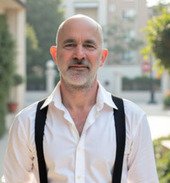
Joshua Tucker, B.A., C.M.T.
The Tendonitis Expert
www.TendonitisExpert.com
| Share Your Story |
Comments for Pain in wrist and pinky finger, hip pain, foot cysts after 3 pregnancies
|
||
|
||
|
||
|
||
|
||
